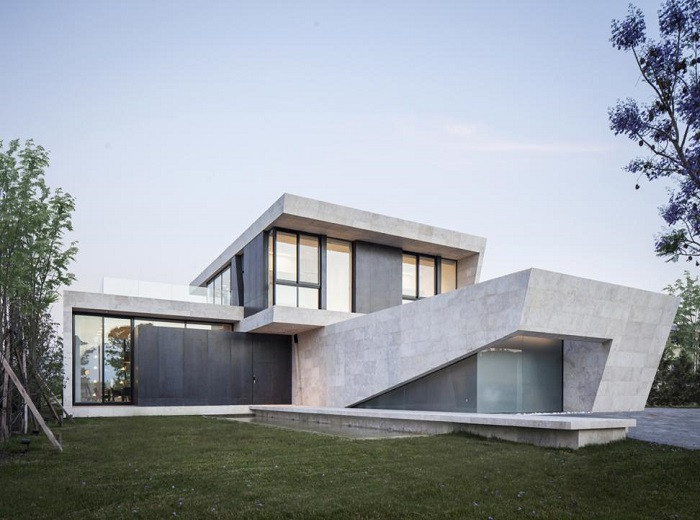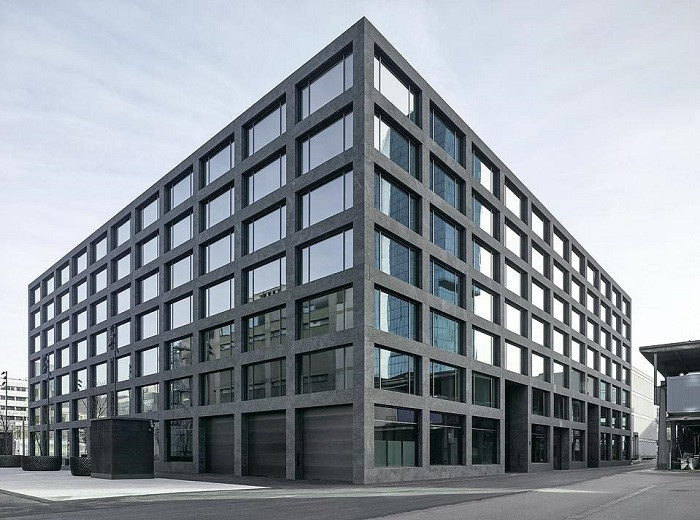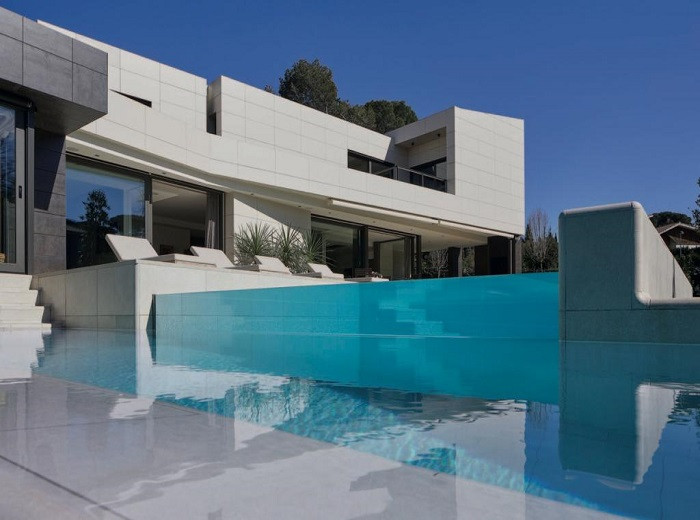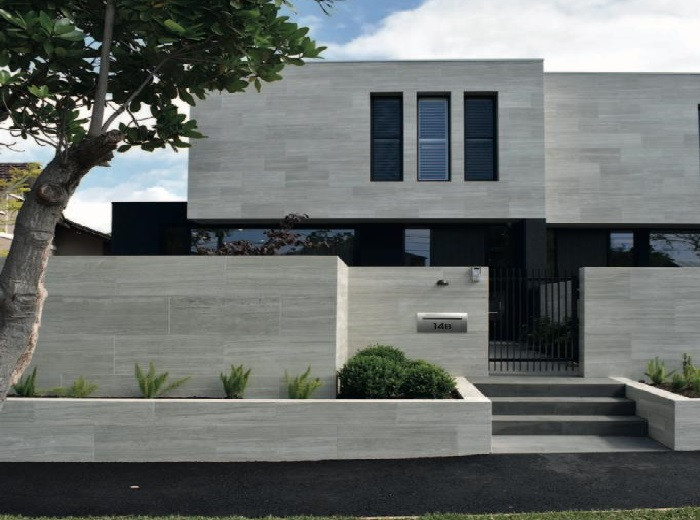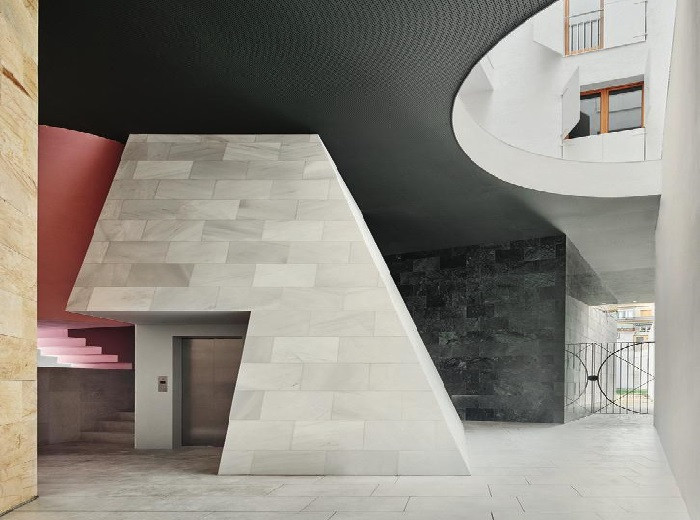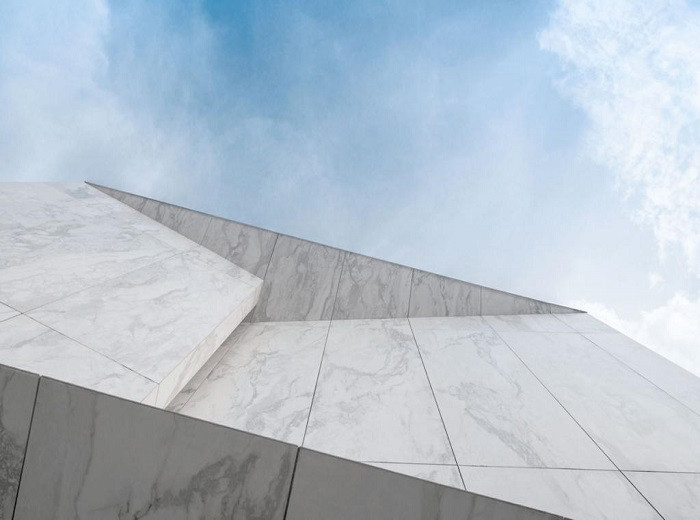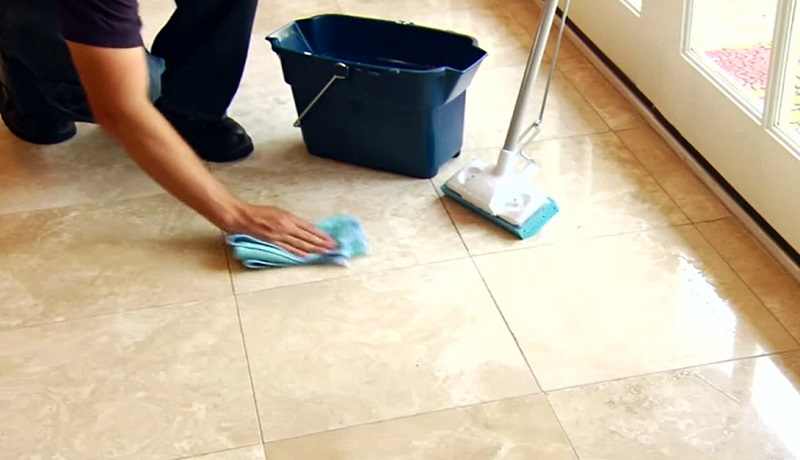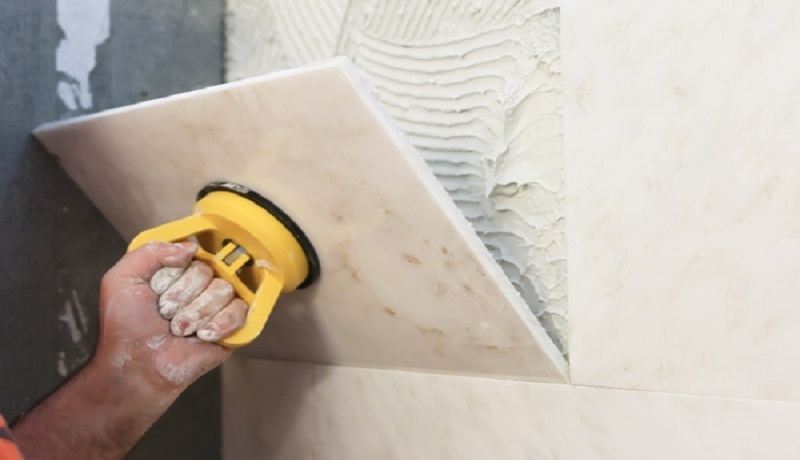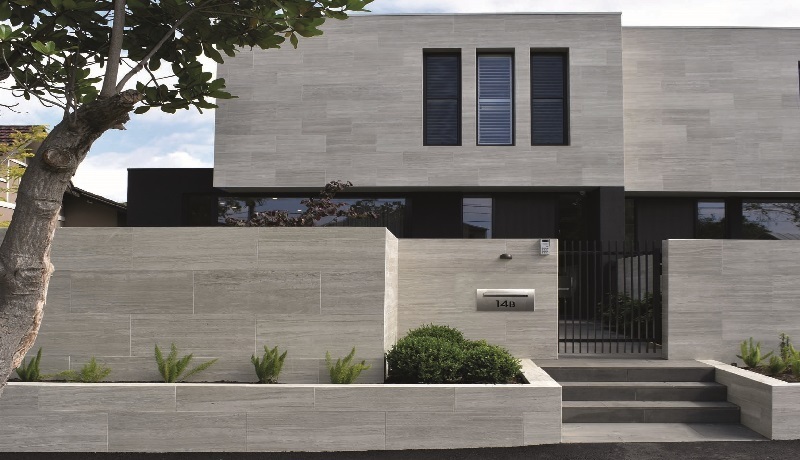
Exterior Cladding of Buildings & Villas
Ms. Charul Punia
Cladding is the process of adding one material on top of another. This surfacing process provides many benefits such as increased energy efficiency, thermal insulation, fire protection, buildings lifespan, and reduced maintenance for the building. Moreover, exterior cladding can serve to highlight the design and style of the architecture. Natural stone has been used for cladding since antiquity, for the most important and beautiful architecture, around the world.
Choosing the Right Material
- Aesthetic Appeal: Stone says it all. Natural stone cladding adds value to any building by giving it a luxurious look that stands out and remains in style for generations to come. Moreover, as an accent to architecture, stone can serve to define the architectural style of a building whether that be modern contemporary, classic, or Mediterranean.
- Thermal Insulation: Stone clad buildings insulate the interior temperatures incredibly well if cladding is properly done. Stone has the wonderful ability to absorb temperature variations whether those be extreme cold or heat. This allows a lot of savings and keeps the building energy efficient.
- Fire Protection: Stone has a very low combustibility index when compared to other cladding materials for example, aluminum. This offers increased protection for your building.
- Longevity: The oldest buildings in the world are cladded in stone. Natural stone not only prolongs the lifespan of a building but also reduces the maintenance costs and upkeep requirements. Moreover, stone clad buildings at any point in their lifetime, and after any number of years look brand new, and never go out of style.
Selection Criteria
- Absorption: Absorption is one of the key criteria for selecting the best cladding material, the less absorbent a material is, the longer its lifespan will be, and the less maintenance it will require. This is especially true in very wet or dusty climates that experience heavy rainfall or frequent sandstorms. Limestone, Granite and also calcite Marbles are great options for exterior cladding with low absorption. On the other hand, soft Sandstones or highly absorbent Marbles are not recommended, as they would not only require a lot of maintenance, but also can be weather damaged.
- Strength: Many natural stones have intrinsic fissures or structural cracks and are still used in floor applications without concern, but in the case of exterior cladding, these cracks may pose a more significant issue. Most cladding is supported with mechanical fixtures, and these minute fissures sometimes rupture, and impact strength of the stone. Cladding materials should be free of small cracks and crevices to remain safe.
- Temperature resistant: In extremely hot climates stones can expand due to high temperatures, and as they contract, can cause the mechanical fixing of the cladding to fail. The same is true for extremely cold temperatures as well. Therefore, non-temperature resistant materials may prove dangerous, as the repeated expansion and contraction of the stones can compromise the integrity of the structural system. Therefore, stones that are highly resistant to contraction and expansion are very important.
- Weight: Especially in the case of high-rise buildings, the weight of the stone matters a lot as the height of the facade increases. For this reason, limestone is often used over granite as they are much lighter. For low rise buildings the weight of the material is not as great of a concern.
Weighing Your Options
Limestone is the most popular cladding material today, especially for commercial high-rise buildings, Modern Contemporary, Classic or Mediterranean villas. The high demand for limestone is because they are less popular than marble, while also being lightweight, easy to cut, shape, mold all the while giving off a lovely natural stone texture.
Granite is also very popular, but often not used for the entire height of the building. This is due to two reasons, weight and to be cost effective, due to the cost of mechanical fixing. Granite allows for a really special modern contemporary look, and is yet very low maintenance, highly durable, strong, and weatherproof.
Travertine is renowned as the most widely used cladding stone in Europe, especially during the Roman era. From the Colosseum to the Trevi fountain or the Basilique du Sacre Coeur, Travertine is synonymous with the classics. Extremely resistant to heat, temperature, rain, snow - all kinds of weather conditions, Travertine is an extremely versatile material.
Marble, the most luxurious and rich material, has been the gold standard of cladding material throughout history. Although it is not the most cost effective and may require additional maintenance such as polishing and cleaning, due to its lighter color, it remains the most popular choice due to its undeniable beauty and splendor.
Quartzite is the most current trend in cladding. It is extremely durable, almost indestructible, and beautiful. The stone looks like Marble, but with lower maintenance and better weather proofing properties. However, Quartzite is sometimes heavier than even Granite.
Sandstone was also used widely in many ancient buildings, especially in the Middle East, Africa and India. The most wonderful quality of sandstone is that it is very lightweight and easy to work with, although it may require more maintenance than other options.
For more details, please log on our website: www.glaze.ae or write us to at info@glazeuae.ae




